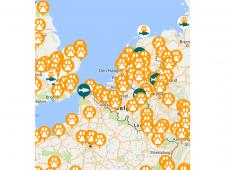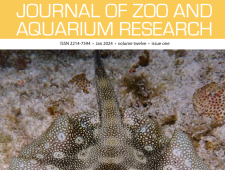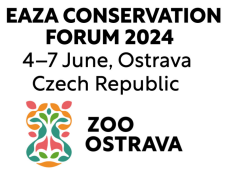Buffy headed marmoset
Programme roles
| • Insurance Although there are no animals under human care yet, an ex situ population could have the important role of providing insurance in case of catastrophes striking part or all of the wild population. The establishment of a future ex situ population functioning as an insurance population and a source is therefore a priority for the species conservation. This requires planning on how to implement it in practice, on a national level. After an ex situ population is established in Brazil (in-range), the recommendation is to expand the ex situ population to outside of Brazil (outside range). • Source The future ex situ population should function as a source for meta‐population restoration management activities through setting up a triage stage and a captive centre for animals that would come in from the wild and could potentially go back out into safe areas. • Expertise (lobbying) The international ex situ community offers expertise on managing/assessing the threat of hybridization of the in situ population and provides input on metapopulation management strategies (in the light of setting up an ex situ breeding programme in the future). • Fundraising Generate financial support for implementation of the in situ conservation strategies. • Expertise (planning) Where required, the ex situ community shares their conservation expertise and research knowledge in strategic planning sessions and/or in situ conservation activities. • Training (ex situ)/expertise (in range) The international ex situ community should support capacity building in population management and in husbandry for all ex situ holding institutions (keeping the species ex situ). |
Programme highlights
- The Callitrichid TAG has an active Facebook group that is open to those working with callitrichids.
- The Callitrichid TAG has a playlist on YouTube with videos about Callitrichids.






